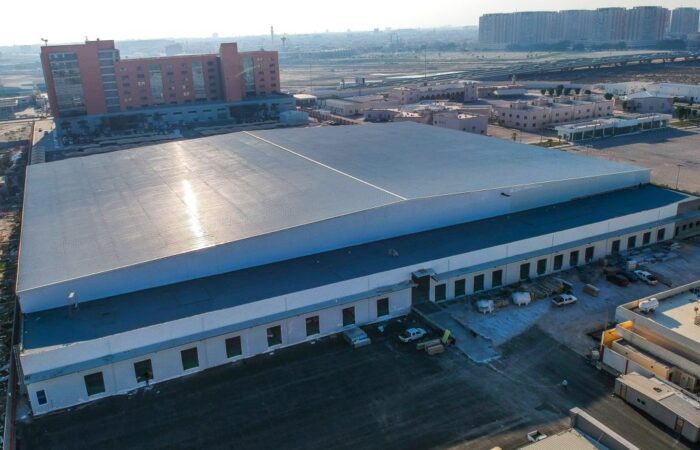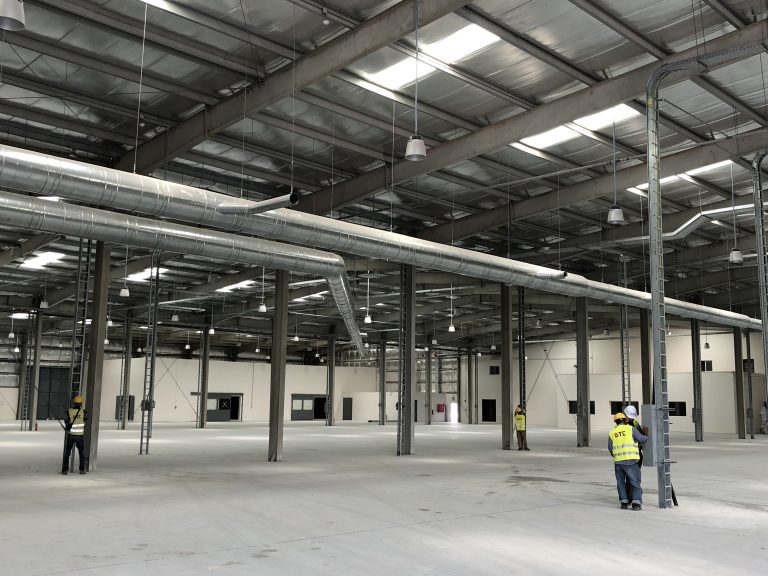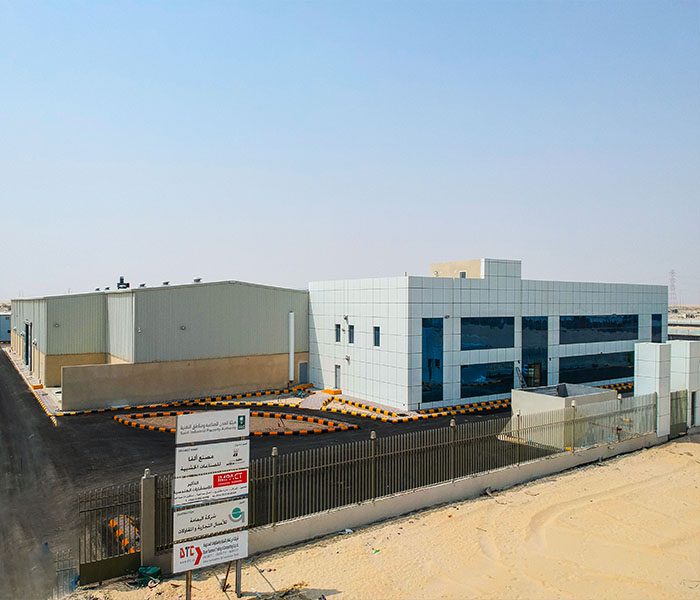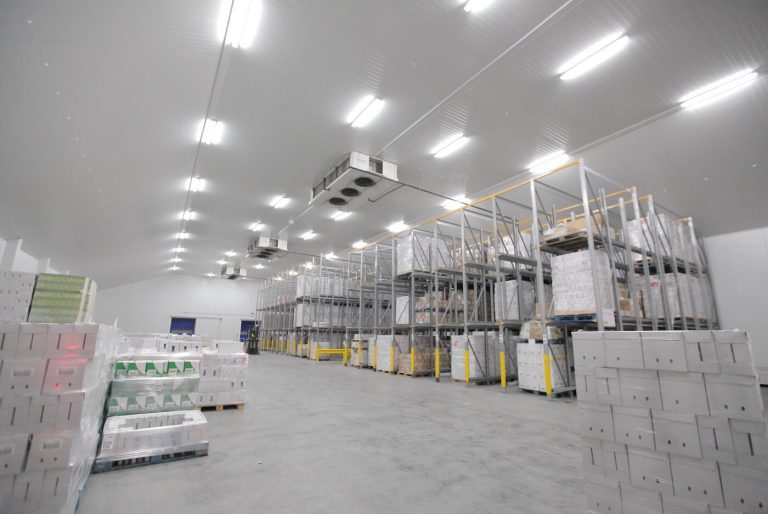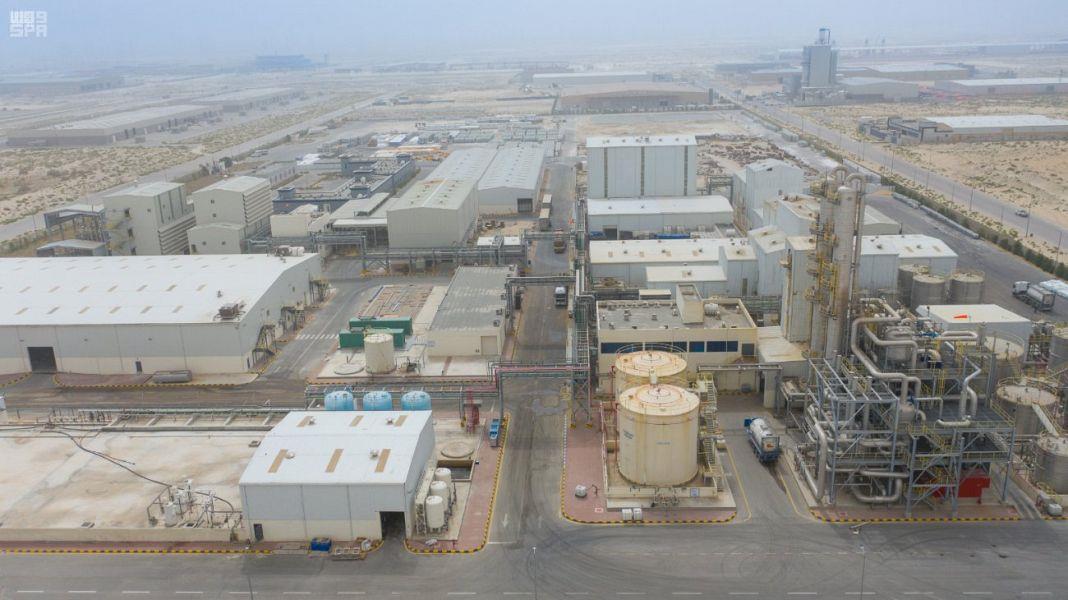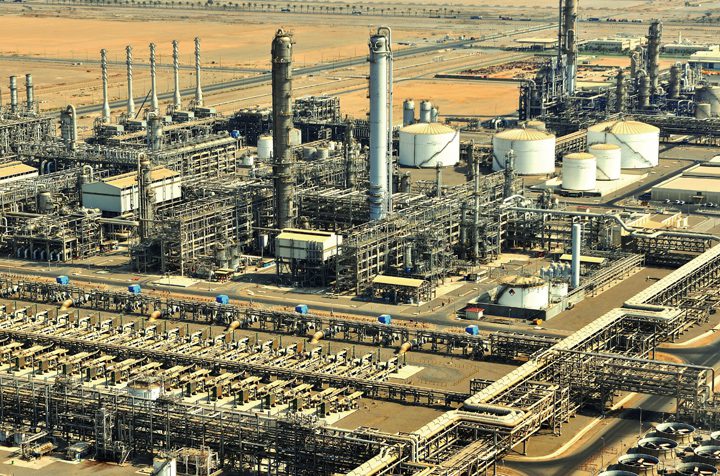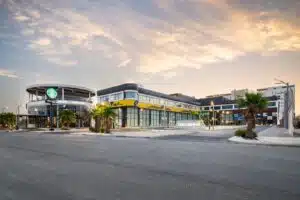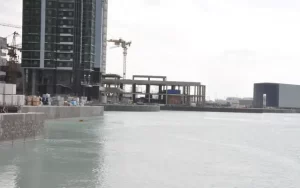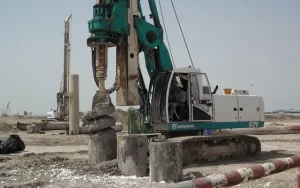Cold storage facilities
Cold storage facilities are a type of industrial warehouse that is used to store perishable goods at a controlled temperature. These facilities can either be used to store food items or pharmaceuticals. The main purpose of a cold storage facility is to prolong the shelf life of perishable goods. By keeping these items at a lower temperature, they will last longer before going bad. There are many different types of cold storage facilities, each with their own benefits and drawbacks. In this blog post, we will explore the different types of cold storage facilities and what they are best suited for.
Cold Storage Construction
There are many considerations that go into the construction of a cold storage facility. The type of facility, the location, and the climate all play a role in dictating the construction requirements.
Location is critical for a cold storage facility. The closer the facility is to its customer base, the shorter the supply chain and the fresher the product will be. A facility located in a colder climate will also require less energy to maintain consistent temperatures.
The type of product being stored will dictate the type of cold storage facility required. Temperature and humidity needs vary depending on the product, so it’s important to consult with experts to ensure your facility meets the specific needs of your product.
Building materials and insulation are key components of any cold storage construction project. High-quality insulation will help keep energy costs down and maintain consistent temperatures inside the facility.
How do you build a cold storage warehouse?
There are a few key things to keep in mind when building a cold storage warehouse:
1. Insulation is key – make sure the walls and ceiling are well insulated to keep the cold air in.
2. The floor should be made of concrete or another material that won’t be damaged by the cold temperatures.
3. The warehouse should have a tight seal so that outside air can’t get in and warm up the interior. This can be accomplished by having doors that fit snugly and sealing any cracks or gaps around windows.
4. The temperature inside the warehouse should be kept at a consistent level to prevent condensation from forming on surfaces, which can lead to mold growth. A temperature controlled environment will also help extend the shelf life of stored products.
5. Proper ventilation is essential in a cold storage warehouse to prevent build-up of moisture and odors. Make sure there is enough airflow to circulate the air and ventilate any areas where humidity may collect, such as near doors or windows.
What is cold storage structure?
A cold storage facility is a building or room that is kept at a temperature below the ambient temperature to preserve perishable goods. The most common type of cold storage is a refrigerator, but other types of storage include walk-in coolers, freezing warehouses, and icehouses.
Cold storage facilities are used to store perishable goods such as food, pharmaceuticals, and chemicals. These facilities can be either commercial or industrial in nature. Commercial cold storage facilities are typically used to store food items, while industrial cold storage facilities are used to store chemicals and other materials that require a controlled environment.
The temperature in a cold storage facility is typically between -10 degrees Fahrenheit and 32 degrees Fahrenheit. The humidity level is also controlled in these facilities, as too much or too little humidity can adversely affect the goods being stored.
What factors are considered in design of a cold storage?
There are many factors to consider when designing a cold storage facility, as the needs of each business are unique. However, there are some common elements that must be taken into account in order to create an effective and efficient space.
The first factor to consider is the type of products that will be stored in the facility. This will determine the temperature and humidity requirements, as well as the need for any specialised storage areas or equipment.
The second factor is the volume of product that will be stored. This will impact on the size and layout of the facility, as well as the number of loading docks and other amenities required.
The third factor is the location of the facility. It is important to choose a site that is close to transport links and has adequate power supply and infrastructure in place. The climate in the area should also be taken into account, as this can impact on energy usage and costs.
Once these factors have been considered, it is then possible to start designing a cold storage facility that meets the specific needs of your business.
What are the materials needed in cold storage?
In order to construct a cold storage facility, there are several materials that are needed. First, the building must be able to withstand the cold temperatures that will be present inside. This usually means constructing the walls and ceiling with materials that have good insulating properties, such as concrete or steel. The floor of the facility also needs to be able to withstand the cold, so it is often made of concrete as well.
Second, the facility must have a reliable system for maintaining cool temperatures. This usually means installing a large industrial refrigerator or freezer unit. The refrigeration unit must be powerful enough to keep the entire facility at the desired temperature, so it is important to consult with a professional before choosing one. In addition to the refrigeration unit, the facility will also need a system for circulating cool air throughout. This can be accomplished with fans or other mechanical devices.
Finally, the cold storage facility will need some way to monitor the temperature inside and make sure that it remains at a constant level. Temperature sensors can be used for this purpose, and they can be connected to an alarm system that will notify someone if the temperature starts to rise or fall outside of the desired range.
What are the 3 types of storage areas?
1. Freezers: These are large, industrial-sized freezers that are used to store perishable items.
2. Refrigerators: These are smaller than freezers and are used to store food that needs to be kept cool, but not frozen.
3. Dry Storage: This is a catch-all category for any storage area that is not a freezer or refrigerator. This can include cupboards, shelves, and pantries.
What is the minimum size of cold storage?
The minimum size of a cold storage facility depends on several factors, including the type of products to be stored, the storage density of those products, and the climate conditions in which the facility will operate. In general, however, most cold storage facilities are at least 10,000 square feet in size.
6 Hot Trends In Cold Storage Warehouse Construction
1. Pre-engineered metal buildings are becoming increasingly popular for cold storage warehouses due to their cost-effectiveness and flexibility.
2. Energy efficiency is a top priority for many cold storage warehouse operators, and new construction techniques and materials can help meet these goals.
3. The use of insulated concrete forms (ICFs) is gaining popularity in cold storage warehouse construction due to their excellent thermal properties.
4. Geothermal heating and cooling systems are another energy-efficient option for cold storage warehouses.
5. LED lighting is becoming more common in cold storage warehouses, as it can reduce energy consumption and maintenance costs.
6. Automated systems are being used more frequently in cold storage warehouses to improve efficiency and safety.
What is storage structure explain?
There are many different types of storage structures that can be used for cold storage facilities. The most common type of storage structure is the warehouse. Warehouses are typically large, open spaces that can be used to store a variety of items. Other common types of storage structures include refrigerated warehouses, ice rinks, and blast freezers.
What are the types of storage structures?
There are four primary types of storage structures used in cold storage facilities:
1. Refrigerated Storage Units: These are typically large, industrial-sized units that use mechanical refrigeration to maintain temperatures between -20°F and 0°F.
2. Frozen Storage Units: These units use mechanical freezing to maintain temperatures below -20°F.
3. Ice Storage Units: These units use ice to keep products cold, typically maintaining temperatures between -10°F and 0°F.
4. Dry Ice Storage Units: These units use dry ice (frozen carbon dioxide) to keep products cold, typically maintaining temperatures below -100°F.
What factors are considered in design of a cold storage?
When designing a cold storage facility, there are many factors that must be considered. The first is the type of product to be stored. Cold storage facilities can be used for food products, pharmaceuticals, or other materials that require controlled temperature and humidity levels. Each type of product has different storage requirements that must be taken into account.
The next factor to consider is the climate in which the facility will be located. The temperature and humidity levels inside the facility must be maintained at a level that is suitable for the stored products, regardless of the outside conditions. This means that the building must be properly insulated and have a reliable HVAC system.
The layout of the facility also needs to be planned carefully. There should be enough space to store all of the products safely, and areas should be designated for specific tasks such as packaging or shipping. The layout also needs to allow for easy movement of people and products throughout the facility.
Safety is another important consideration when designing a cold storage facility. The building must meet all fire safety codes and have sprinkler systems in place. Access to the facility should be controlled to prevent unauthorized entry, and security cameras may also be used to monitor activity inside the building.
How do you build a cold storage warehouse?
When it comes to building a cold storage warehouse, there are a few key factors to keep in mind. The first is insulation. A well-insulated facility will help to keep energy costs down and maintain consistent temperatures. The second is the type of refrigeration system you choose. There are various options on the market, so be sure to do your research and select the one that best meets your needs. Finally, Pay close attention to the layout and design of your facility. An efficient layout will help to reduce labor costs and increase productivity.
dorar tammam company – dtc
Dorar Tammam Company (DTC) is a leading provider of cold storage facilities construction in ksa . With over 19 years of experience in the industry, DTC has the expertise and resources to provide comprehensive solutions for all your cold storage needs.

